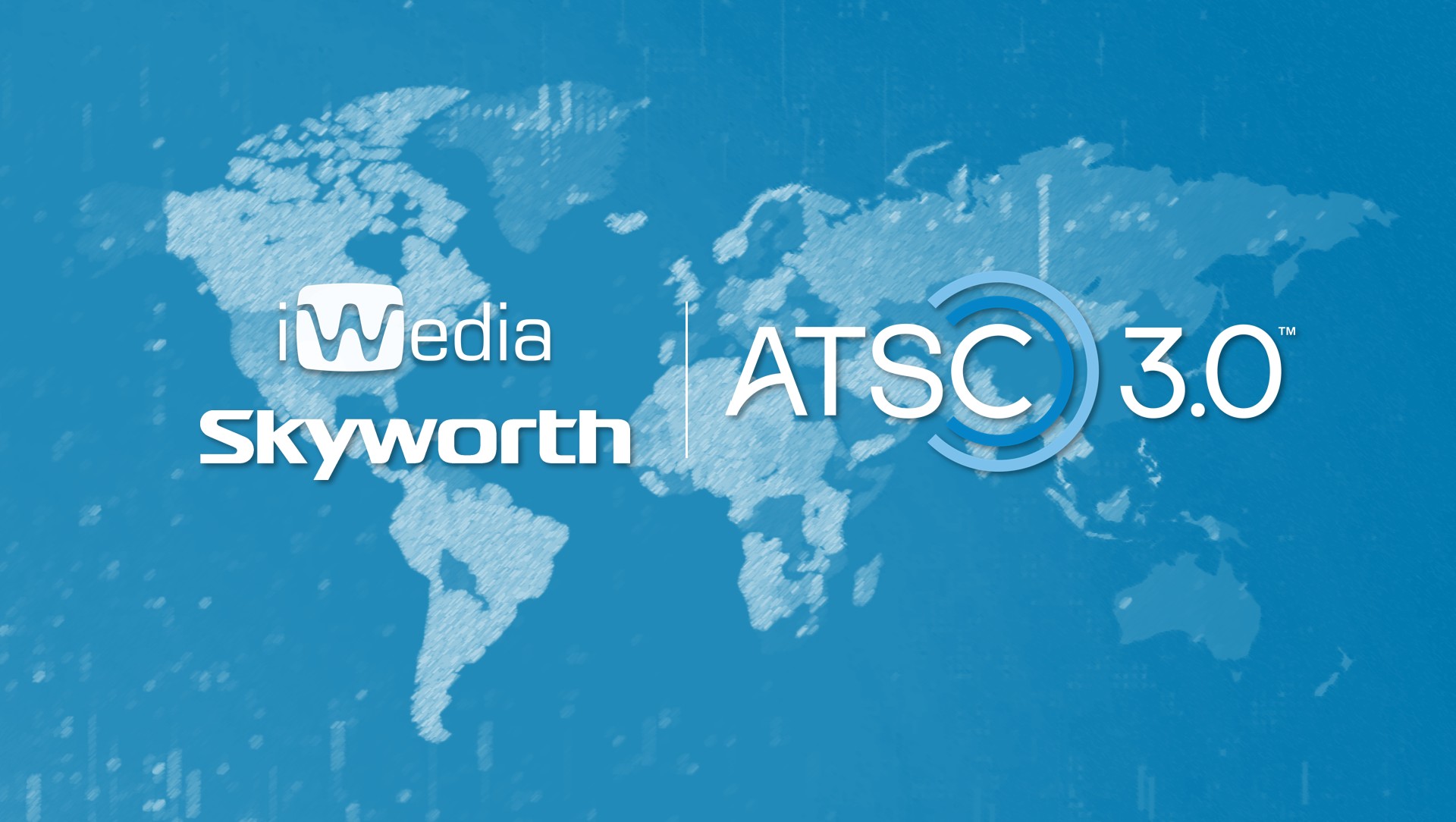Technology enhances political convention coverage
The shift from the Beijing Olympics to the Denver and St. Paul, MN, political conventions was abrupt, but venues in both American cities underwent extensive technology upgrades for their close-ups under the lights.
Denver’s Pepsi Center and Invesco Field, site of last week’s Democratic National Convention, and St. Paul’s Xcel Energy Center, home of this week’s Republican National Convention, were technologically gutted and rebuilt for the events.
In Denver, high-tech computing companies, including Qwest, Microsoft, Cisco, Google, AT&T, Level3, Comcast, EchoStar, Hewlett-Packard and Symantec, teamed up to give the old sports facilities a new digital backbone. The two venues got 3344 miles of fiber-optic cable, 140 miles of copper and coaxial cable, 2600 additional data lines and 3400 voice grade circuits.
Video technology upgrades in Denver were capable of handling 130 simultaneous feeds to the global media. The Democrat’s new data network could drive 50 billion bits per second, or pass around an entire HD movie in just moments.
New in Denver this year was a multimedia studio — a cluttered, glass hub just off the convention floor where elected officials could connect with their local radio hosts or television anchors back home. Called Studio ’08, it featured computers with Wi-Fi so that politicians could do online chats with constituents.
“This is a one-stop shop,” Sen. Claire McCaskill, D-MO, told the “New York Times” as she prepared for a satellite television interview. “I can do talk radio here, I can do satellite feeds, I can do online stuff, I can do actualities. It’s very convenient. It makes it simple to talk to people at home — and it’s a great way to get around those nasty ads. People can actually get real information if they just take a little energy and click a few times.”
Two miles away, Sen. Barack Obama’s acceptance speech at Invesco Field was the first political speech ever to use an aerial Skycam camera system. Normally deployed for football games, CNN spent $100,000 on its installation and rental. The other major networks decided to share the cost in order to use the unique shots from it.
The professional video industry's #1 source for news, trends and product and tech information. Sign up below.
A CNN exclusive, however, was the pole-cam, a special camera that can pan and zoom across the crowd. It is being used at all three convention sites.
Remote challenge
For all the networks, the two-mile move from the Pepsi Center, the initial site of the Democratic convention, to Invesco Field, where Obama made his acceptance speech on Thursday, was perhaps the most grueling challenge of the all convention activity.
At 9 p.m. Mountain Standard Time on Wednesday, the broadcasters wrapped up for the night and began moving gear — cameras, monitors, boxes and people — in secure convoys all night long. They were ready to go back on the air for the morning shows at 5 a.m. from tented platforms in one end zone of the stadium.
“I’ve never seen a moment like that in TV,” David Bohrman, senior vice president and executive in charge of political coverage at CNN, told the “New York Times.” He called it an “absolute logistical nightmare.”
Xcel Energy Center, normally a hockey arena in St. Paul, got about 25 miles of new cabling for the Republican event. Telecom provider Qwest worked with the networks for a mix of fiber, satellite and microwave networks for video traffic from the arena.
“Some will do editing and production here on-site, some will use fiber long-hauls and go all the way back to where their normal production sites are — in New York or Atlanta or wherever,” Max Everett, chief information officer for the Republicans, told “Network World.” “For every anchor you see on TV, there are 100 people behind them, making things happen, cutting video, getting things uploaded, handling interviews.”
Television crews are working out of media trailers parked at RiverCentre, a convention center adjacent to the Xcel facility. Elevated walkways connecting the buildings were used run fiber to mobile units parked at RiverCentre. Cables were piggybacked on existing structures whenever possible to limit the amount of new construction required.
Both the Democrats and Republicans worked with many of the same firms. For both, Microsoft is the official software and HD Web content provider; AT&T is the wireless service provider; Comcast is the cable television and video-on-demand provider; ShadowTV is the video monitoring service provider; and Level 3 Communications is the live video and content delivery services provider.
Operatives from both political parties noted it’s a very different technology world today from even four years ago. For example, the Republicans launched a YouTube channel and have instituted a YouTube video contest to attract Internet users. The Democrats also used YouTube extensively in releasing its video.
Four years ago, YouTube didn’t exist. This year, seven out of the 16 candidates for president announced their candidacy on YouTube.
